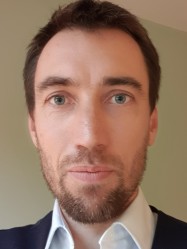BibTex format
@article{Hockham:2018:10.1038/s41598-018-36077-w,
author = {Hockham, C and Bhatt, S and Colah, R and Mukherjee, M and Penman, B and Gupta, S and Piel, F},
doi = {10.1038/s41598-018-36077-w},
journal = {Scientific Reports},
title = {The spatial epidemiology of sickle-cell anaemia in India},
url = {http://dx.doi.org/10.1038/s41598-018-36077-w},
volume = {8},
year = {2018}
}

